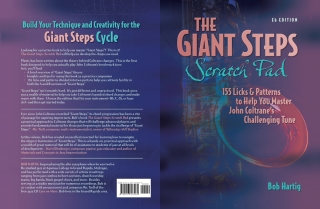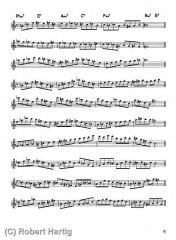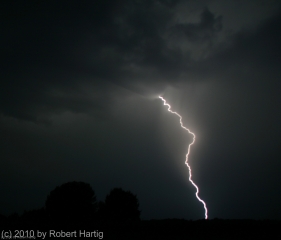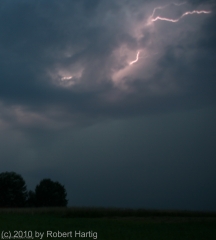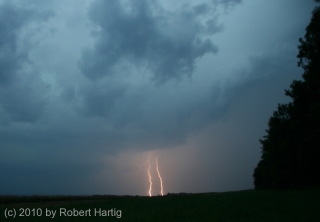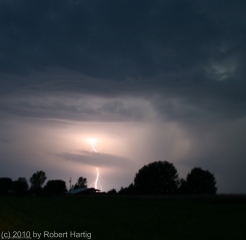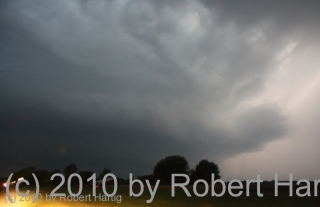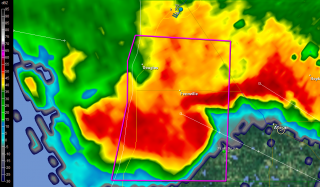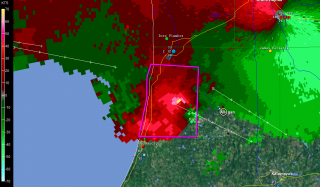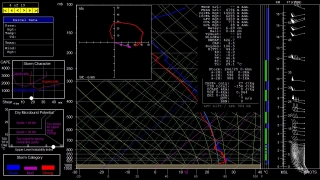It has been a long time since I went to a lounge where a group of topnotch musicians was playing and sat in with them on my sax. Tonight I took the plunge and headed over to Noto’s in Cascade, where keyboardist Bob VanStee, vocalist Kathy Lamar, and drummer Bobby Thompson were performing. I’m glad I went! I had an absolute blast.
I’ve known Bobby for a couple years now and enjoy him both as a player and as a person. I’m just getting to know Bob VanStee, but I’ve known OF him since my college days, when he was well-known about town prior to his taking a 15-year hiatus from music from which he has only recently reemerged. As for Kathy, I’d heard her name but never met her until this evening. Holy cow! What a fantastic vocalist and charismatic entertainer! I love playing side man to a good vocalist, and Kathy is an absolute joy to play alongside of.
It really did me good to jump in with this trio and provide some horn work. While I brought my fake books, I wound up not having any use for them. Vocalists frequently sing tunes in keys different from the standard instrumental keys–a good reason for jazz musicians to become as fluent as possible in all twelve tone centers. I like that kind of challenge; it forces me out of my comfort zone. For instance, I’ve woodshedded “How High the Moon” in its contrafact incarnation, “Ornithology,” to the point where I can pretty well shred it in its normal key, concert G. I’ve also been working on it in concert A and F#, and bit in C. But playing it in Eb tonight took me places I wasn’t used to! Sure, Eb puts me in the nice, easy alto sax key of C, but the tune quickly modulates from C to Bb, then down another whole step to Ab. Navigating the key of Ab makes life nothing if not interesting.
Aebersold CDs and Band-in-a-Box are great assets for getting one’s chops together. But the real joy is in playing live with real-life musicians in a spontaneous framework. That’s the essence of jazz–musicians listening and responding to each other in a way that brings coherence and beauty to collective improvisation. It was wonderful to spend some time this evening with three superb talents who know what that’s about.
